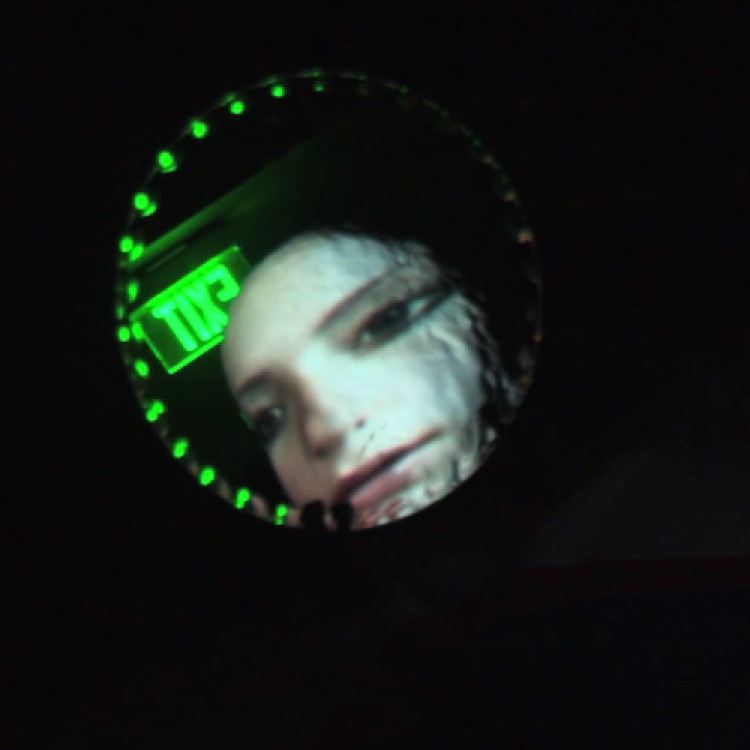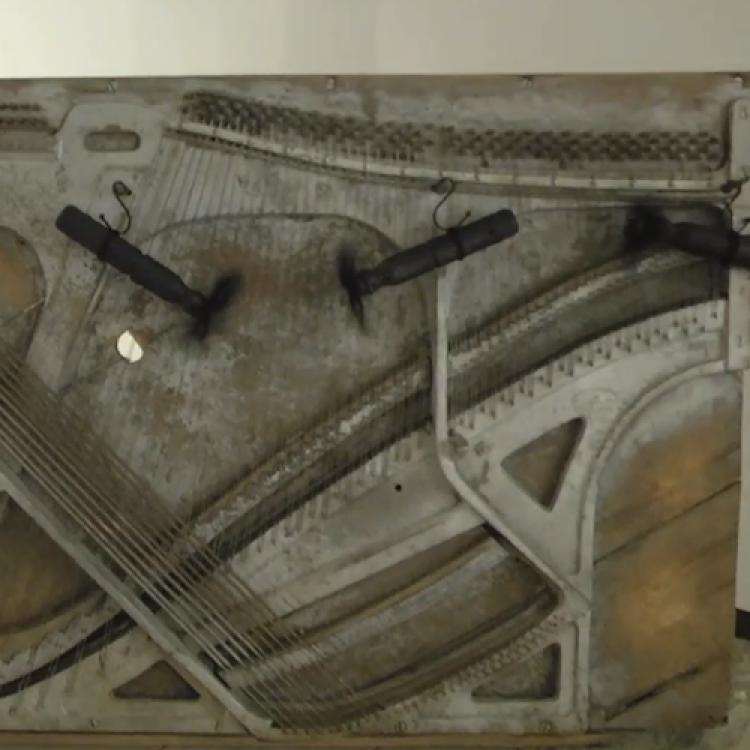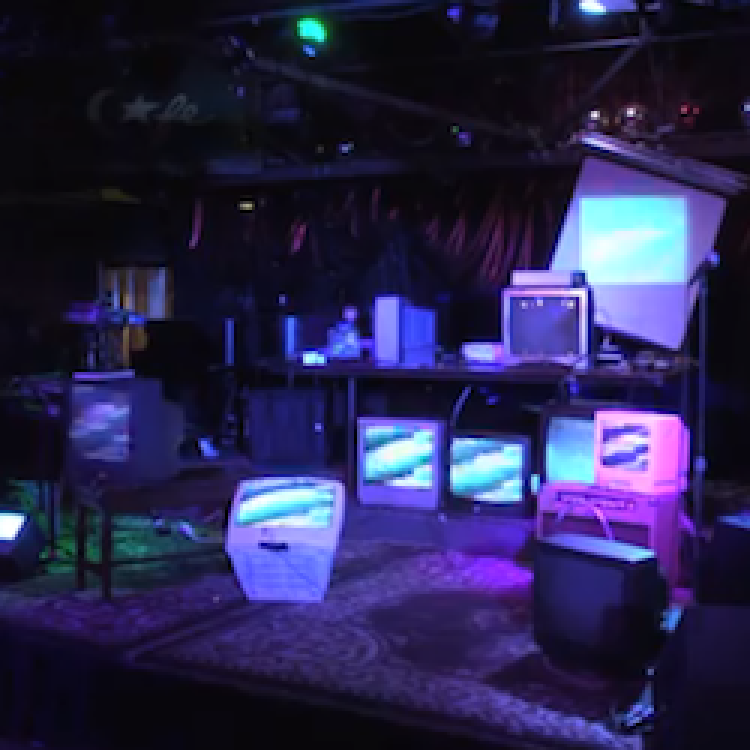New Directions



The Integrated Media Art Practice area inside the Department of Art and Art History at CU offers a course titled New Directions in Digital Art. At first glance, the title provides an indefinite, but wide-open possibility for digital expression. An alternative interpretation may note the distinctive paradox embedded within. We can assume that anything “new” is yet to be discovered or experienced. However, “direction” suggests a path or route that is known and deliberate. It is only when placed together that the term “New Directions” describes the conscious decision to employ innovative methods of artistic expression.
Perhaps the most accurate way to describe the New Directions course model is to acknowledge the simulated art movement that is implanted within. Indeed, a “movement” affords a wide array of potential interpretations. Within the arts, the term refers to a process of, both, separation and fusion. Typically, movements are initiated when a group of artists pursue similar ideals within a specific setting. This unification is usually underscored by a rebellious detachment from accepted or mainstream trends in art making. Through this process, the group achieves a recognizable expressive identity. Within the New Directions curricular structure, subsequent cohorts of students and professors amplify the movement through recurring gestures of attraction and repulsion.
This learning model mirrors techniques that are discernable in Surrealist automatism, Situationist psychogeography and Allan Kaprow’s Happenings. Namely, a New Directions student is largely responsible for determining the scope of their learning. If we compare this model with the art movements noted above, some obvious similarities begin to surface. Throughout the semester, students are asked to identify an area of creative interest, expand upon the interest via practice-based research, and perform the findings within a real world setting. Upon concluding the course, students will have participated in a process of chance, drifting, and interdisciplinary performance. In contrast to standardized academic approaches, the course more appropriately assumes the identity of historical art movements.
This experimental pedagogical trajectory emerged over a decade ago when Mark Amerika, founder and director of the TECHNE practice-based research initiative in the digital arts, successfully developed and received Graduate School approval for a wide range of courses devoted to the practice, history and theory of contemporary art practices in digital culture. Among these approved courses was the advanced New Directions in Digital Art course.
In its earliest instantiations, Amerika developed New Directions as a vehicle to explore what was then the pioneering phase of Net art. Sometimes referred to as net.art or web art, the creative work produced in Amerika’s course included a vast array of experimental Net art projects in subgenres such as hypertext, hactivism, game art, data visualization, live audio/visual performance (particularly VJ performance), electronic publishing / artist e-books, code art, and interactive Flash art. Students who took these cutting-edge and often very challenging sections of New Directions have since emerged as contemporary artists, media entrepreneurs, and art professors.
When Amerika temporarily visited Australia as a Visiting Professor of Media Art at RMIT in Melbourne, the TECHNE lab launched the first fusion event. Organized by visiting artist John Hopkins, fusion initiated “a live & online open-platform happening for creative expression and action.” The 24-hour happening applied local and global environments through performance and live streaming. By extending the margins of time, space, and geo-location, fusion required students to explore the boundaries beyond the academic classroom.
Another chapter of the New Directions model took shape with the arrival of artist Anne Marie Schleiner. Building upon the happenings-based theoretical emphasis highlighted by fusion, Schleiner incorporated Situationist aesthetics with game and 3D design. By combining technical applications with conceptual notions of psychogeography and the dérive, students developed ludic experiences that, once again, transcended academic boundaries. In addition to Situationist theory, students also created interactive 3D soundscapes and audiovisual environments.
From 2009-2013 sound and interdisciplinary artist Mark McCoin reintroduced a performance aspect to the class. During McCoin’s tenure there were multiple instances of New Directions performances, including Gorinto on Ice, Automatica, Everything Must Go, and Invasion. The Invasion event, titled by Amerika as a way to suggest the “permeation of digital processes into contemporary forms art-making” within a conventional fine arts department, was particularly relevant due to the cross-collaboration between Amerika’s newly developed Remix Culture workshop and the experimental pedagogical style implemented in New Directions. As faculty director of the digital arts component at CU-Boulder and founder of the TECHNE practice-based research initiative, Amerika, in addition to his own courses, has maintained high pedagogical standards for the New Directions course model.
In early 2015, artist, educator, and organizer Jon Satrom taught New Directions. During his visiting artist appearance, Satrom described his vision for the course as an environment where students assume a wide range of creative freedom. The course invited students to shape their curiosities and choices into works of expression creating another New Directions chapter that mirrors the sensibilities of the fluctuating avant-garde art scene.
- Paul Echeverria (MFA, 2014)

